Our Work
Real outcomes from over 25 years of hands-on consulting across industries, clients, and teams.
Showing 16 of 16 projects
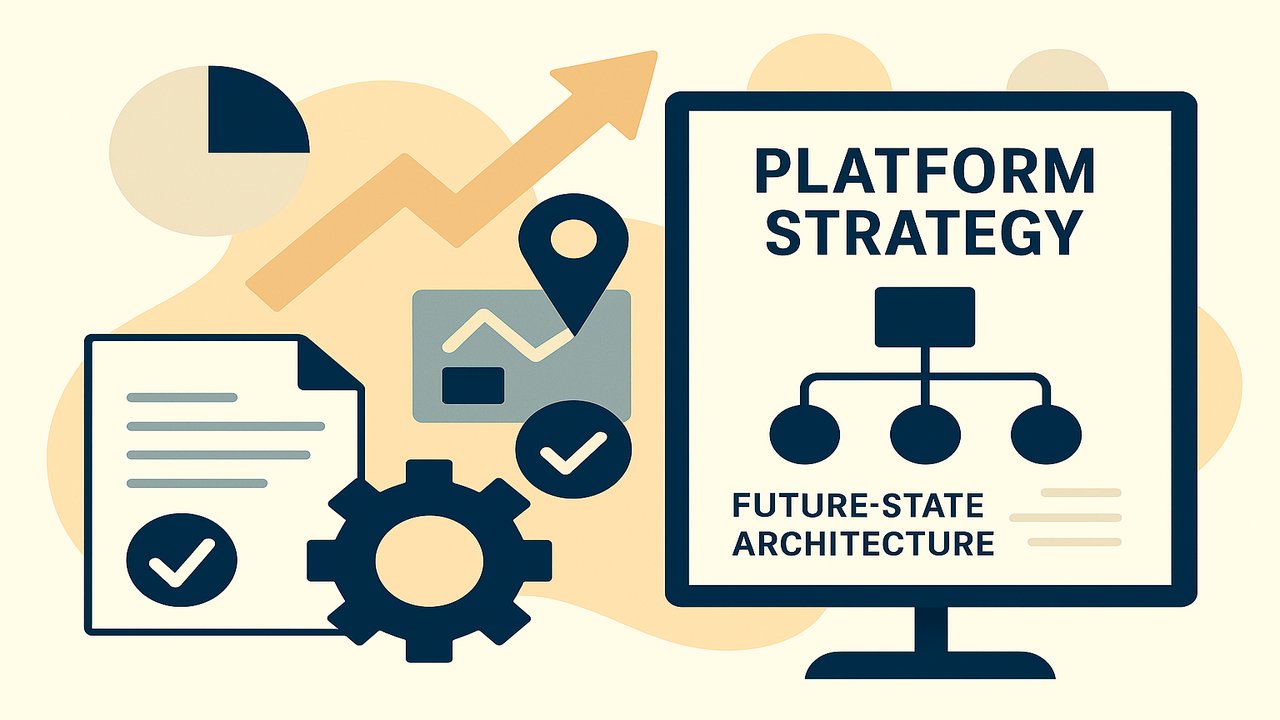
Media
Redesigning Media Platforms for a Digital-First Future
A leading media company was limited by fragmented systems and manual processes, which constrained scalability and hindered remote work. Operations were slowed by disconnected tools and data silos, creating inefficiencies across the business.
We conducted a business and technical assessment to evaluate pain points and opportunities, then designed a future-state solution architecture for a unified cloud platform. The design included centralized databases, media storage, and access controls to simplify operations and improve security.
Our digital transformation strategy combined investment analysis, delivery modeling, and generative AI evaluation to highlight both immediate opportunities and long-term innovation potential. Leadership received a phased roadmap with clear priorities and outcomes, aligning business and technology teams around a shared vision.
The company is now positioned with a platform designed for resilience, growth, and digital-first competitiveness, providing a clear foundation for modernization and industry leadership.
We conducted a business and technical assessment to evaluate pain points and opportunities, then designed a future-state solution architecture for a unified cloud platform. The design included centralized databases, media storage, and access controls to simplify operations and improve security.
Our digital transformation strategy combined investment analysis, delivery modeling, and generative AI evaluation to highlight both immediate opportunities and long-term innovation potential. Leadership received a phased roadmap with clear priorities and outcomes, aligning business and technology teams around a shared vision.
The company is now positioned with a platform designed for resilience, growth, and digital-first competitiveness, providing a clear foundation for modernization and industry leadership.
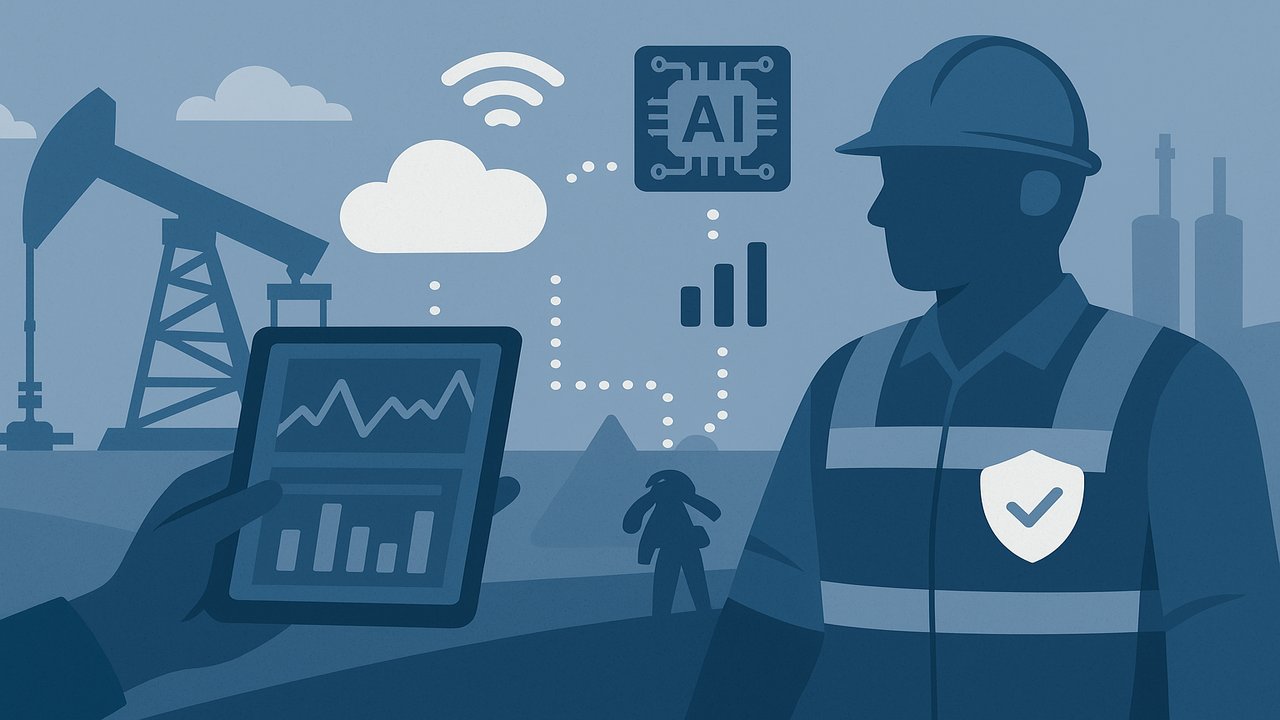
Energy
Featured
Advancing Field Safety with AI, IoT, and Edge Computing
An energy leader needed real-time visibility across dispersed field operations. Manual monitoring left teams reactive to safety incidents and equipment failures.
We combined AI strategy with edge and IoT architecture to design solutions for safety alerts, asset monitoring, and maintenance forecasting over 5G networks. Computer vision detected PPE compliance, while sensors streamed equipment health data into a predictive pipeline on Amazon Kinesis for real-time analytics.
To meet strict latency and site constraints, we incorporated AWS Outposts for local compute and storage, and embedded MLOps practices for model development, monitoring, and rollout. Streaming data design, governance, and a scalable domain model anchored long-term sustainability, while change enablement prepared field teams for adoption.
With this foundation, the company moved beyond reactive responses to proactively reducing safety risks, improving asset performance, and advancing toward predictive maintenance at enterprise scale.
We combined AI strategy with edge and IoT architecture to design solutions for safety alerts, asset monitoring, and maintenance forecasting over 5G networks. Computer vision detected PPE compliance, while sensors streamed equipment health data into a predictive pipeline on Amazon Kinesis for real-time analytics.
To meet strict latency and site constraints, we incorporated AWS Outposts for local compute and storage, and embedded MLOps practices for model development, monitoring, and rollout. Streaming data design, governance, and a scalable domain model anchored long-term sustainability, while change enablement prepared field teams for adoption.
With this foundation, the company moved beyond reactive responses to proactively reducing safety risks, improving asset performance, and advancing toward predictive maintenance at enterprise scale.

Healthcare
Automating Billing and Claims with Generative AI
A healthcare provider struggled with inefficiencies from manually processing more than 70,000 monthly claims. Forms were inconsistent—typed or handwritten, misaligned, and difficult to automate with traditional approaches.
We shaped a generative AI strategy and built a prototype using Azure OpenAI Services, .NET, and OCR with Tesseract to extract patient, diagnosis, and medical device data.
The solution applied automation where confidence was high and used a human-in-the-loop review process for edge cases such as unclear handwriting or missing data.
The approach aimed to offset more than 240 FTE hours weekly, accelerate reimbursement cycles, and improve accuracy by 25%. Leadership gained a clear view of how generative AI could transform billing operations, reduce compliance risk, and scale automation beyond claims processing.
We shaped a generative AI strategy and built a prototype using Azure OpenAI Services, .NET, and OCR with Tesseract to extract patient, diagnosis, and medical device data.
The solution applied automation where confidence was high and used a human-in-the-loop review process for edge cases such as unclear handwriting or missing data.
The approach aimed to offset more than 240 FTE hours weekly, accelerate reimbursement cycles, and improve accuracy by 25%. Leadership gained a clear view of how generative AI could transform billing operations, reduce compliance risk, and scale automation beyond claims processing.
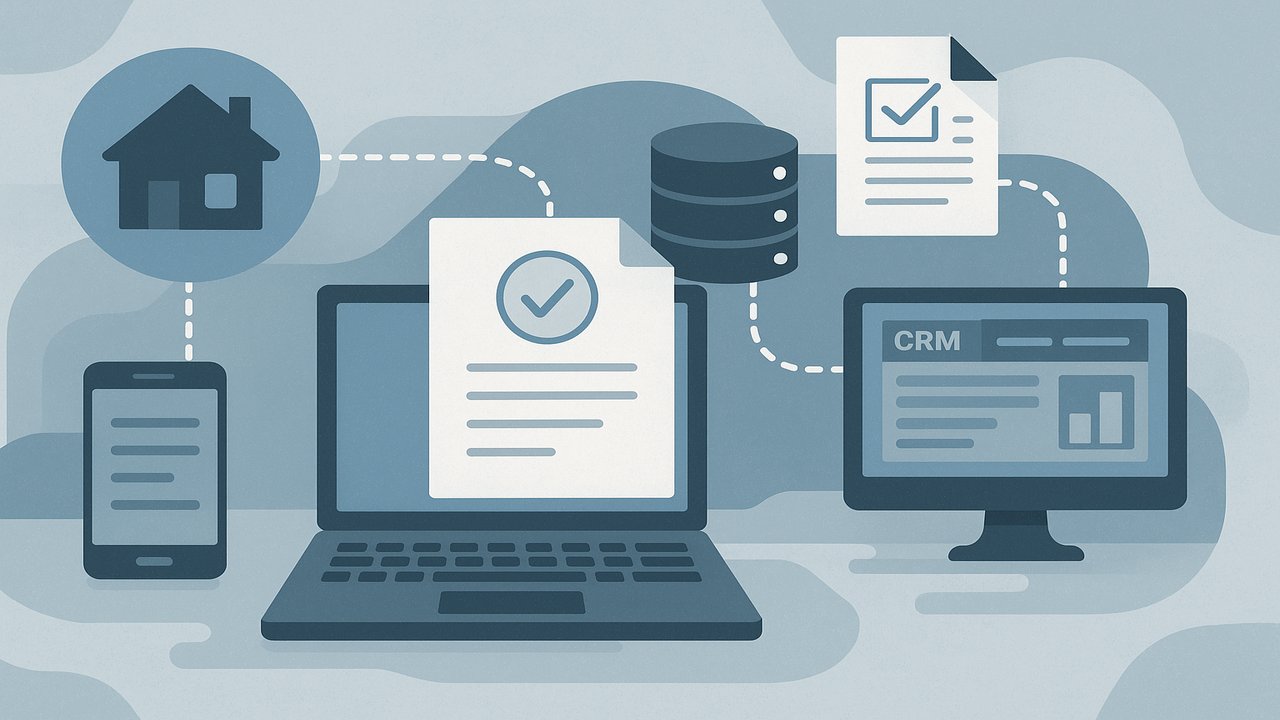
Financial Services
Featured
Accelerating Mortgage Lending Through Platform Integration
A national mortgage provider was slowed by fragmented tools and manual steps. Serving as interim CTO and chief architect, we applied platform strategy and solution architecture to modernize the flagship consumer application managing over 20 million properties and loan originations.
Through deep systems integration with Encompass, Salesforce, Microsoft Dynamics, Credit Karma, MLS systems, and Google/Bing Maps, we unified journeys and data. The platform runs on .NET and SQL Server with API-first microservices, Elasticsearch, and full-stack observability for scale and resilience.
Using data and analytics, we implemented A/B testing, marketing instrumentation, and conversion tracking. Program leadership aligned executives, compliance, and delivery teams around a clear plan, with disciplined execution across security, performance, and release management.
The modernization accelerated loan approvals by 20%, reduced operating costs by 25%, and gave marketing sharper insight into borrower behavior.
Through deep systems integration with Encompass, Salesforce, Microsoft Dynamics, Credit Karma, MLS systems, and Google/Bing Maps, we unified journeys and data. The platform runs on .NET and SQL Server with API-first microservices, Elasticsearch, and full-stack observability for scale and resilience.
Using data and analytics, we implemented A/B testing, marketing instrumentation, and conversion tracking. Program leadership aligned executives, compliance, and delivery teams around a clear plan, with disciplined execution across security, performance, and release management.
The modernization accelerated loan approvals by 20%, reduced operating costs by 25%, and gave marketing sharper insight into borrower behavior.
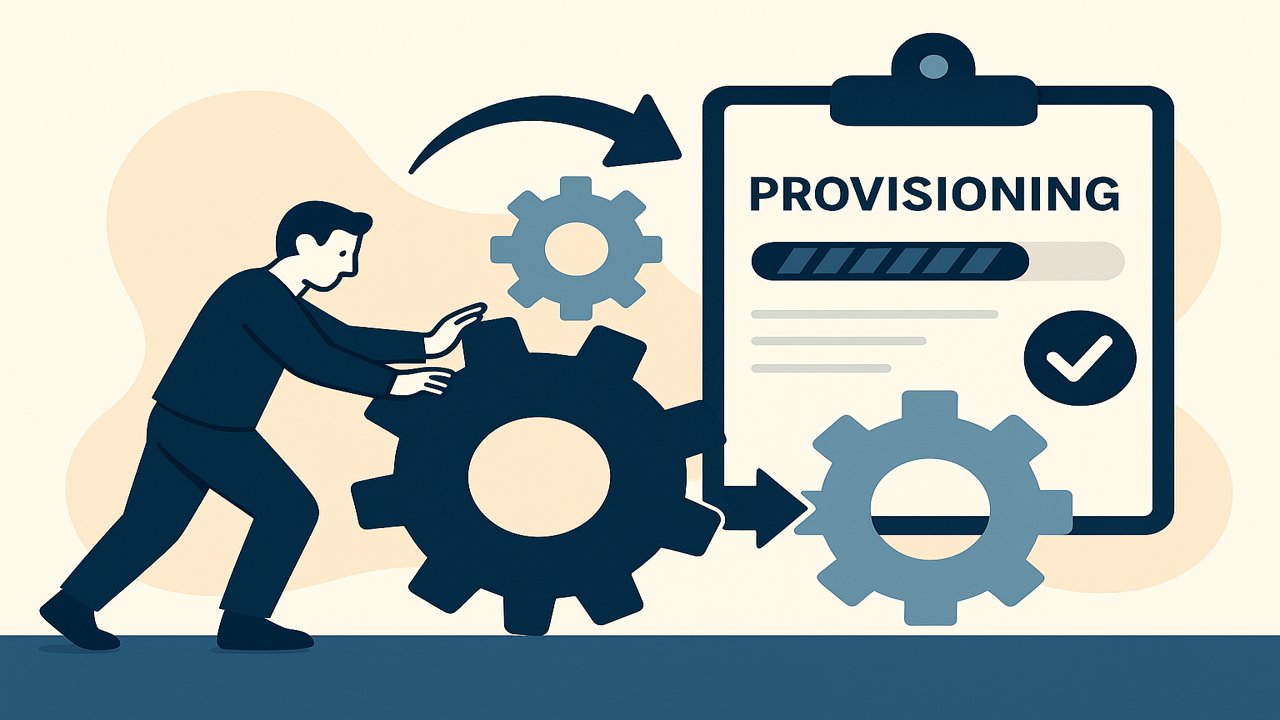
Technology
Optimizing Delivery with Platform Engineering
A professional services firm was slowed by manual, inconsistent environment builds across clients and cloud platforms. Each project required repetitive setup work that created delays, risks, and compliance challenges.
To address this, we developed an internal accelerator based on platform engineering principles, automating provisioning and standardizing delivery across AWS, Azure, and GCP. The solution incorporated Terraform modules, Docker/Kubernetes blueprints, and Python tooling, all integrated into CI/CD pipelines with secrets management and drift detection.
We embedded preapproved guardrails and audit trails to meet compliance requirements, and created reusable foundations for networking, IAM, observability, and data services. These could be deployed in hours instead of weeks, giving teams a consistent and secure starting point for delivery.
The initiative produced measurable impact: environment setup accelerated by 80%, project mobilization shortened by four weeks, and delivery risk reduced significantly. Teams gained a repeatable, compliant framework to scale delivery efficiently across multiple clients and platforms.
To address this, we developed an internal accelerator based on platform engineering principles, automating provisioning and standardizing delivery across AWS, Azure, and GCP. The solution incorporated Terraform modules, Docker/Kubernetes blueprints, and Python tooling, all integrated into CI/CD pipelines with secrets management and drift detection.
We embedded preapproved guardrails and audit trails to meet compliance requirements, and created reusable foundations for networking, IAM, observability, and data services. These could be deployed in hours instead of weeks, giving teams a consistent and secure starting point for delivery.
The initiative produced measurable impact: environment setup accelerated by 80%, project mobilization shortened by four weeks, and delivery risk reduced significantly. Teams gained a repeatable, compliant framework to scale delivery efficiently across multiple clients and platforms.
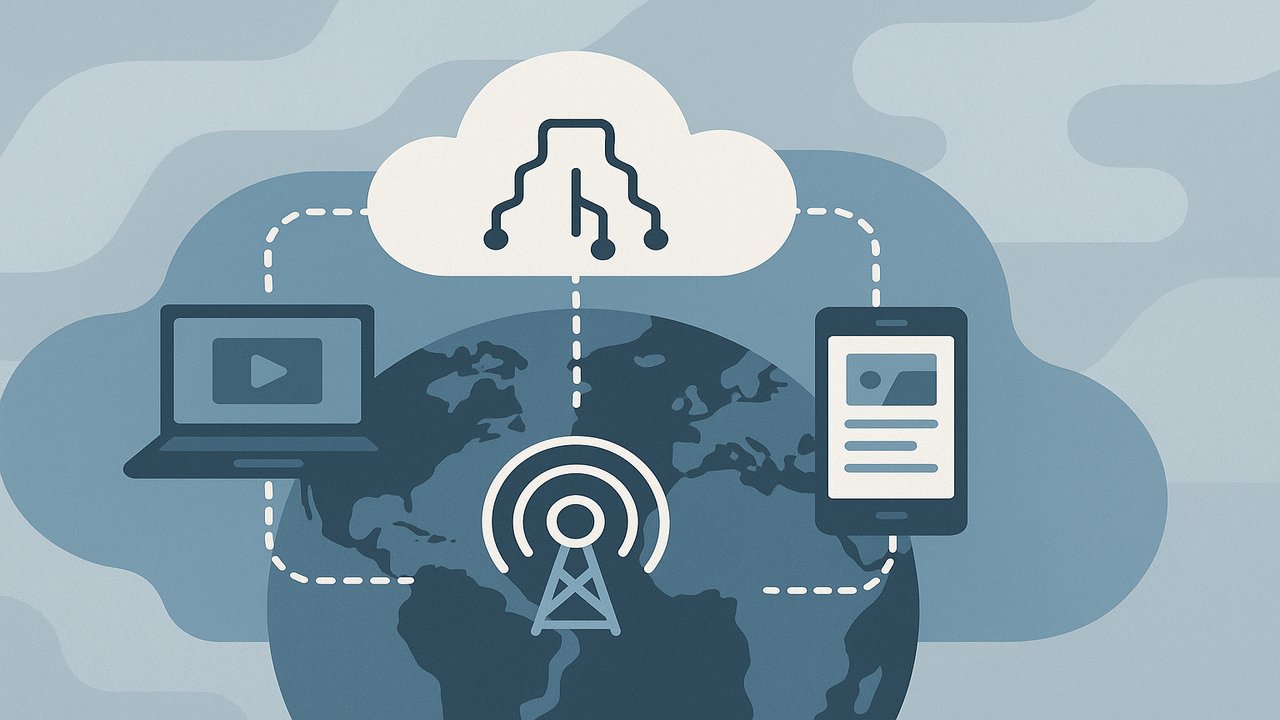
Media
Scaling Global Media Distribution with Next-Gen Platform
A leading global media company needed to modernize its legacy systems to keep pace with rapid growth and evolving customer demands.
We partnered with stakeholders to assess the current architecture, identify bottlenecks, and design a future-state roadmap. The solution emphasized cloud migration, microservices, and serverless design on AWS to re-architect core systems for scale and resiliency.
We rebuilt the global media distribution platform using React, Node.js, and AWS services, streamlining onboarding and automating delivery across 171 countries. Governance and delivery practices kept technology and business teams aligned, while disciplined execution simplified operations and reduced infrastructure costs.
The initiative positioned the company to expand confidently into new markets with a modern distribution platform built for scale, resiliency, and growth.
We partnered with stakeholders to assess the current architecture, identify bottlenecks, and design a future-state roadmap. The solution emphasized cloud migration, microservices, and serverless design on AWS to re-architect core systems for scale and resiliency.
We rebuilt the global media distribution platform using React, Node.js, and AWS services, streamlining onboarding and automating delivery across 171 countries. Governance and delivery practices kept technology and business teams aligned, while disciplined execution simplified operations and reduced infrastructure costs.
The initiative positioned the company to expand confidently into new markets with a modern distribution platform built for scale, resiliency, and growth.
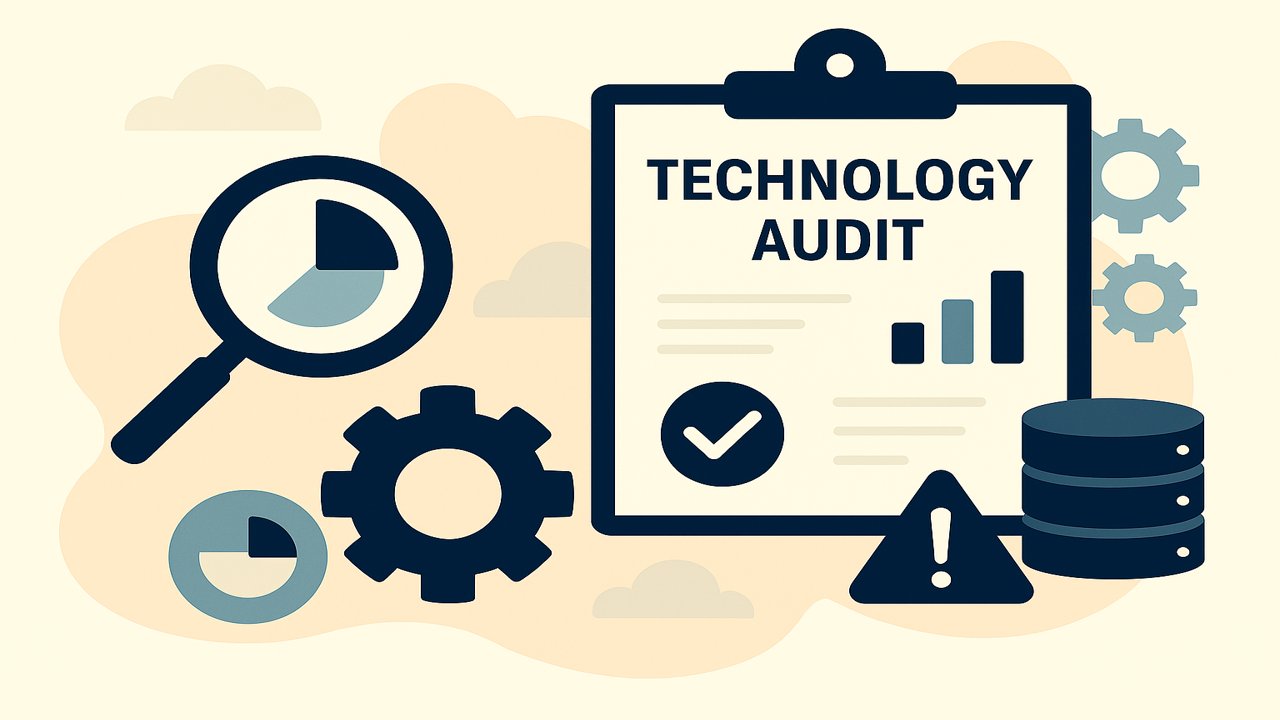
Non-Profit
Strengthening Technology Foundations for a Non-Profit
A California non-profit serving individuals with disabilities needed an independent audit to assure the board, donors, and members of the platform’s long-term viability. Leadership sought confidence that systems, practices, and teams could support sustainable growth.
We conducted a comprehensive assessment of engineering practices, team capabilities, technology, and processes with emphasis on sustainability, security, and data stewardship. The audit evaluated architecture, release management, observability, and vendor dependencies to identify strengths and gaps.
Our findings were delivered as a prioritized set of recommendations with clear actions, costs, and risk considerations. This gave leadership confidence in the platform’s stability and a roadmap to strengthen operations.
The organization is now better positioned to scale its mission and deliver lasting impact for the community it serves.
We conducted a comprehensive assessment of engineering practices, team capabilities, technology, and processes with emphasis on sustainability, security, and data stewardship. The audit evaluated architecture, release management, observability, and vendor dependencies to identify strengths and gaps.
Our findings were delivered as a prioritized set of recommendations with clear actions, costs, and risk considerations. This gave leadership confidence in the platform’s stability and a roadmap to strengthen operations.
The organization is now better positioned to scale its mission and deliver lasting impact for the community it serves.
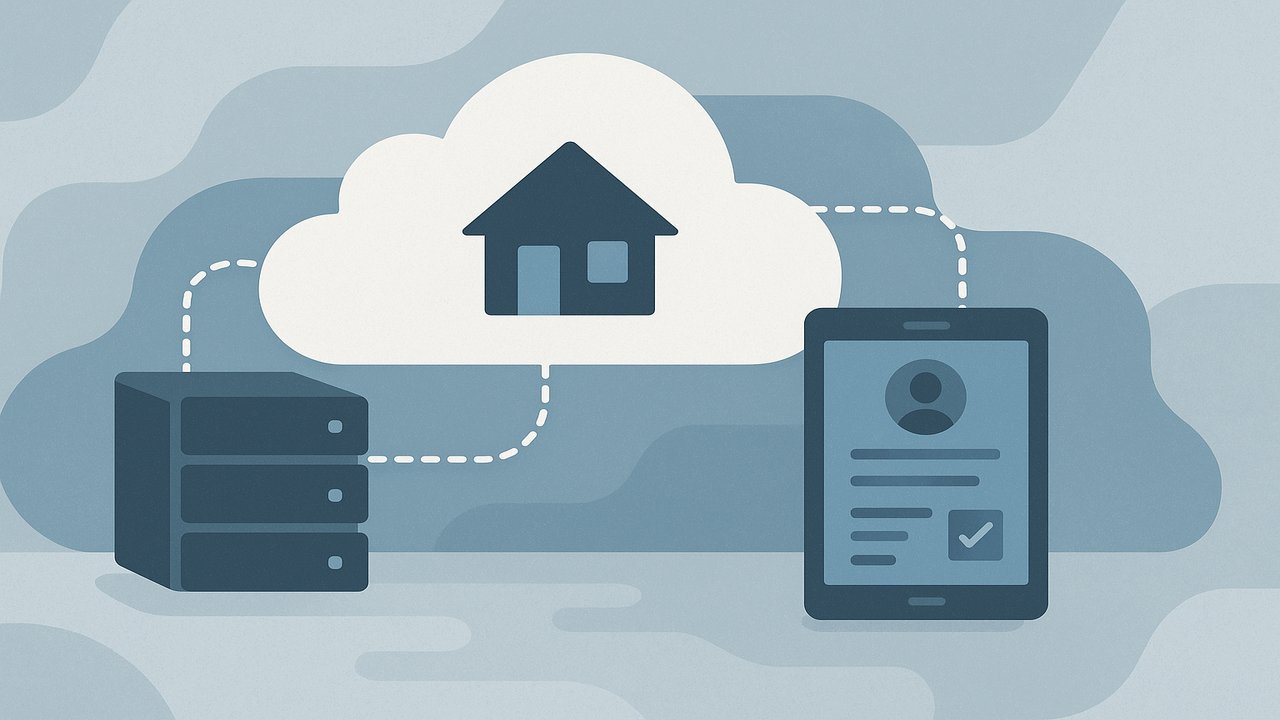
Hospitality
Reinventing Timeshare Operations with Modern Technology
A global timeshare company relied on outdated systems and paper-based reservations, which limited efficiency and weakened the customer experience.
We partnered with stakeholders to define a multi-year modernization strategy with clear outcomes and delivery priorities. The initiative replaced a legacy C++ desktop system with a responsive .NET platform backed by cloud services. New features included multilingual capabilities, role-based access, and scalable self-service portals for members and staff across regions.
Delivery followed Agile practices, with incremental releases and guardrails for security, data quality, and change management. By directing full-stack platform modernization, we achieved a 99% reduction in outages and introduced self-service workflows for contracts, reservations, and payments.
The transformation streamlined operations, accelerated reservation processing, lowered costs, and established a modern foundation for continued digital growth.
We partnered with stakeholders to define a multi-year modernization strategy with clear outcomes and delivery priorities. The initiative replaced a legacy C++ desktop system with a responsive .NET platform backed by cloud services. New features included multilingual capabilities, role-based access, and scalable self-service portals for members and staff across regions.
Delivery followed Agile practices, with incremental releases and guardrails for security, data quality, and change management. By directing full-stack platform modernization, we achieved a 99% reduction in outages and introduced self-service workflows for contracts, reservations, and payments.
The transformation streamlined operations, accelerated reservation processing, lowered costs, and established a modern foundation for continued digital growth.
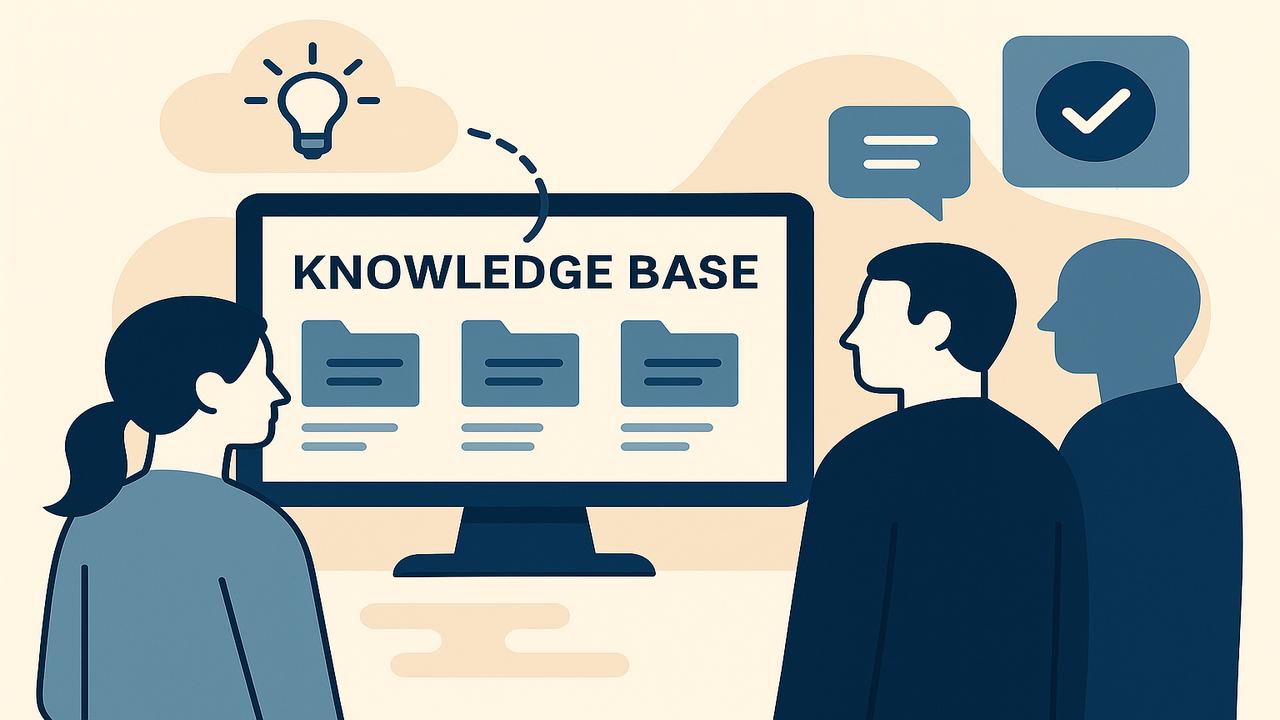
Healthcare
Building a SaaS Knowledge Platform for Clinical Research Collaboration
Clinical research teams faced significant inefficiencies managing projects, sharing knowledge, and collaborating across institutions. Work was fragmented across multiple tools, creating barriers to efficiency and compliance.
We designed and delivered a subscription-based SaaS platform that unified project management, knowledge base, file sharing, and team collaboration into a single solution. Built on a secure multi-tenant cloud architecture, the platform included APIs for clinical system integration, role-based access, and encryption to safeguard sensitive data.
Key capabilities included workspaces, chat, calendars, and transcription-enabled communication, ensuring research teams stayed aligned. From concept through alpha, beta, and launch, we guided product design, cloud engineering, and security reviews to ensure scalability and adoption.
The result was a modern collaboration platform that streamlined research workflows, improved compliance readiness, and enabled cross-institution collaboration across distributed research networks.
We designed and delivered a subscription-based SaaS platform that unified project management, knowledge base, file sharing, and team collaboration into a single solution. Built on a secure multi-tenant cloud architecture, the platform included APIs for clinical system integration, role-based access, and encryption to safeguard sensitive data.
Key capabilities included workspaces, chat, calendars, and transcription-enabled communication, ensuring research teams stayed aligned. From concept through alpha, beta, and launch, we guided product design, cloud engineering, and security reviews to ensure scalability and adoption.
The result was a modern collaboration platform that streamlined research workflows, improved compliance readiness, and enabled cross-institution collaboration across distributed research networks.
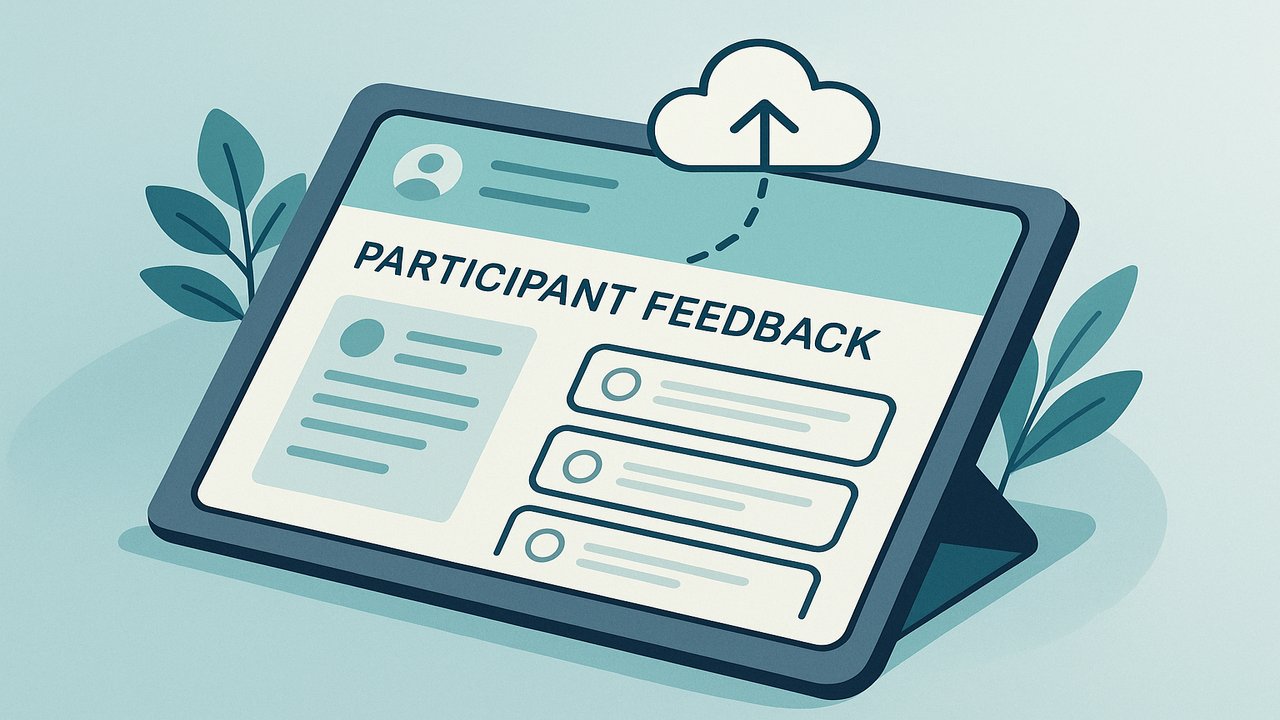
Healthcare
Digitizing Clinical Study Feedback for Greater Accuracy and Scale
A mid-size CRO conducting a decade-long study relied on manual participant feedback, which slowed analysis and strained operations. Researchers faced delays in data collection, limited visibility, and heavy administrative overhead.
We designed and delivered a secure, HIPAA-compliant web application that made it simple for participants to provide input and for researchers to manage responses. Built with .NET and SQL Server, the platform included validation, role-based access, and audit logging to ensure data integrity and compliance.
The application not only digitized feedback but also provided near real-time insight into participant data, accelerating analysis and improving accuracy. By making participation easier, the solution boosted engagement, reduced missing data, and strengthened study reliability.
The streamlined process gave researchers faster insights, reduced operational burden, and improved outcomes for a complex, multi-year study.
We designed and delivered a secure, HIPAA-compliant web application that made it simple for participants to provide input and for researchers to manage responses. Built with .NET and SQL Server, the platform included validation, role-based access, and audit logging to ensure data integrity and compliance.
The application not only digitized feedback but also provided near real-time insight into participant data, accelerating analysis and improving accuracy. By making participation easier, the solution boosted engagement, reduced missing data, and strengthened study reliability.
The streamlined process gave researchers faster insights, reduced operational burden, and improved outcomes for a complex, multi-year study.
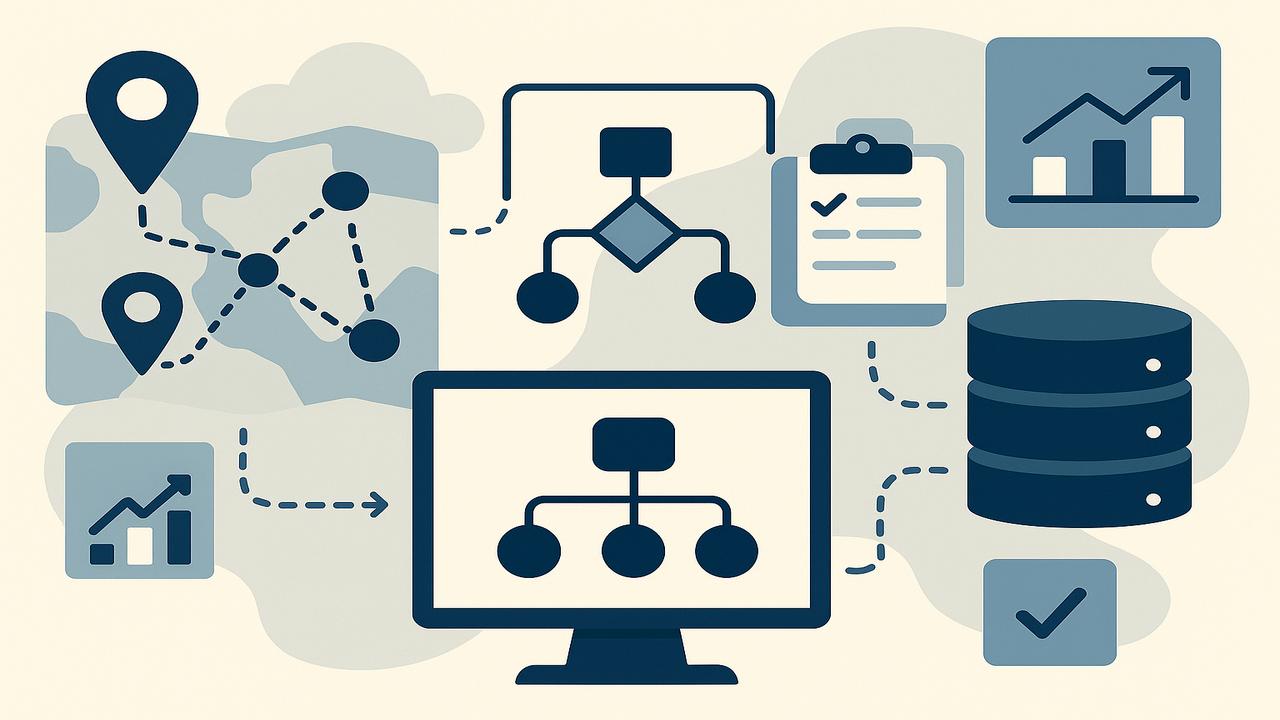
Technology
Improving Support Routing Through Data Governance
A global technology company struggled with inconsistent routing and unmastered data, creating compliance exposure and inefficiencies across millions of users.
We conducted a current-state assessment spanning people, process, technology, and data, with detailed process maps to highlight pain points. As part of the evaluation, we assessed master data management (MDM) tools alongside governance practices to strengthen data integrity and improve routing accuracy.
Deliverables included a business glossary, conceptual data model, and an enterprise-wide data strategy that aligned executives and operational teams on a shared approach. To ensure sustainability, we defined a clear taxonomy and ontology, creating a common language for offerings and entitlements across the enterprise.
With this foundation, the company gained the ability to route requests based on actual products and services in use. This improved accuracy, reduced compliance risk, and scaled operations with trusted, well-governed data.
We conducted a current-state assessment spanning people, process, technology, and data, with detailed process maps to highlight pain points. As part of the evaluation, we assessed master data management (MDM) tools alongside governance practices to strengthen data integrity and improve routing accuracy.
Deliverables included a business glossary, conceptual data model, and an enterprise-wide data strategy that aligned executives and operational teams on a shared approach. To ensure sustainability, we defined a clear taxonomy and ontology, creating a common language for offerings and entitlements across the enterprise.
With this foundation, the company gained the ability to route requests based on actual products and services in use. This improved accuracy, reduced compliance risk, and scaled operations with trusted, well-governed data.
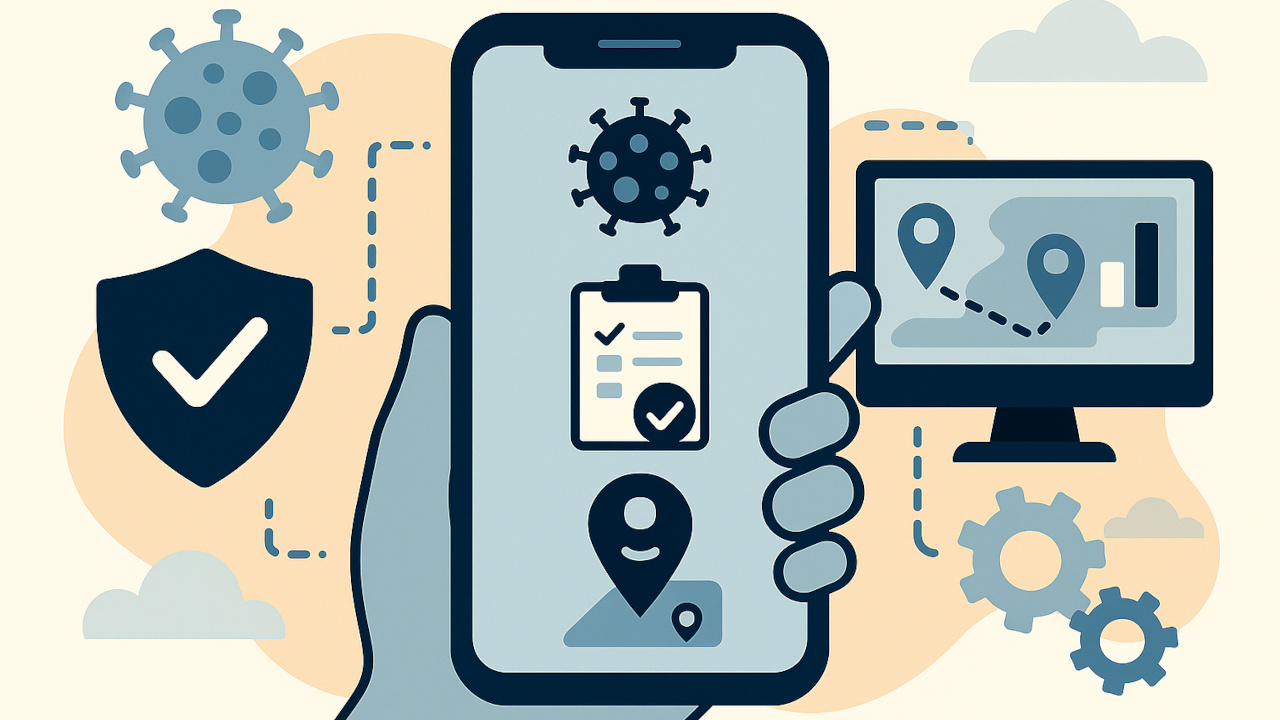
Energy
Protecting Field Workers with COVID Contact Tracing
A large regional utility needed a way to protect thousands of critical field service workers who maintained electrical and gas infrastructure during the early uncertainty of COVID-19. Manual reporting was slow and inconsistent, with 15,000 employees asked to log symptoms daily to reduce the risk of exposure and spread.
We partnered with senior leadership to design and deliver secure, HIPAA-compliant web and mobile applications that enabled daily symptom and location check-ins. The apps automatically flagged potential exposure overlaps, sent instant notifications to at-risk employees, and provided leadership with real-time visualizations of risk concentrations across the workforce.
To adapt to evolving CDC guidance, we built a dynamic form builder that allowed administrators to update symptom criteria—such as fever, cough, or loss of taste and smell—without requiring new code or redeployment. This flexibility ensured the platform could respond to shifting conditions.
Both apps were built and deployed to production in under eight weeks using Google Firebase, React, React Native, and Node.js. The result was 95%+ daily check-in compliance, a measurable reduction in risky interactions, and a decline in confirmed cases among employees—helping the utility safeguard essential operations and the health of its workforce.
We partnered with senior leadership to design and deliver secure, HIPAA-compliant web and mobile applications that enabled daily symptom and location check-ins. The apps automatically flagged potential exposure overlaps, sent instant notifications to at-risk employees, and provided leadership with real-time visualizations of risk concentrations across the workforce.
To adapt to evolving CDC guidance, we built a dynamic form builder that allowed administrators to update symptom criteria—such as fever, cough, or loss of taste and smell—without requiring new code or redeployment. This flexibility ensured the platform could respond to shifting conditions.
Both apps were built and deployed to production in under eight weeks using Google Firebase, React, React Native, and Node.js. The result was 95%+ daily check-in compliance, a measurable reduction in risky interactions, and a decline in confirmed cases among employees—helping the utility safeguard essential operations and the health of its workforce.
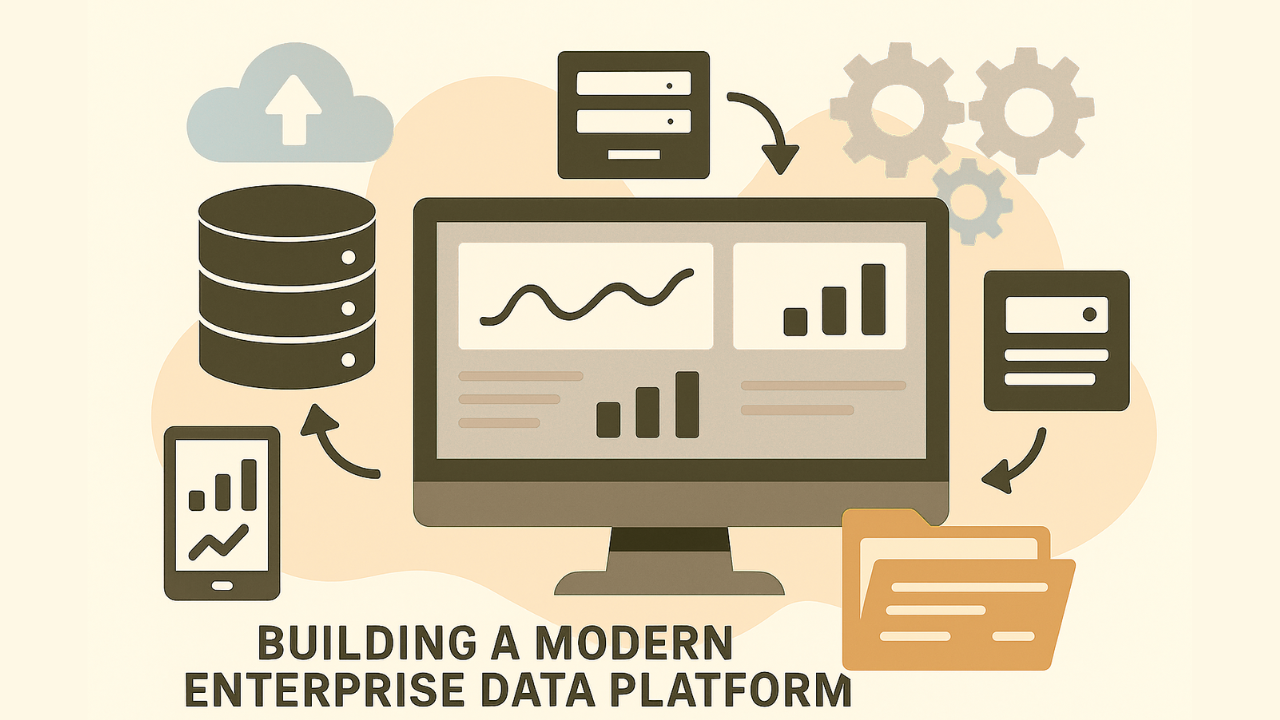
Energy
Building a Modern Enterprise Data Platform
A leading independent energy provider needed to move beyond manual, Excel-based workflows that slowed operations and limited visibility. Leadership sought a modern data platform that could deliver timely insights, improve efficiency, and create a foundation for future AI-driven analytics.
We led the design and implementation of a cloud-native enterprise data platform on AWS, directing a focused team of six Data and Platform Engineers. The solution used a serverless architecture for scalability and cost-effectiveness, and included robust pipelines for ingestion, processing, and transformation across critical operational datasets.
To provide immediate impact, we developed real-time dashboards for dispatch operations, P&L reporting, and gas imbalances, giving operators and executives actionable visibility into performance. Analytics capabilities were enhanced with Amazon QuickSight and Amazon Q, enabling faster decision-making and self-service reporting. At the same time, we established a secure AWS Landing Zone with account controls to ensure governance and scalability.
We led the design and implementation of a cloud-native enterprise data platform on AWS, directing a focused team of six Data and Platform Engineers. The solution used a serverless architecture for scalability and cost-effectiveness, and included robust pipelines for ingestion, processing, and transformation across critical operational datasets.
To provide immediate impact, we developed real-time dashboards for dispatch operations, P&L reporting, and gas imbalances, giving operators and executives actionable visibility into performance. Analytics capabilities were enhanced with Amazon QuickSight and Amazon Q, enabling faster decision-making and self-service reporting. At the same time, we established a secure AWS Landing Zone with account controls to ensure governance and scalability.
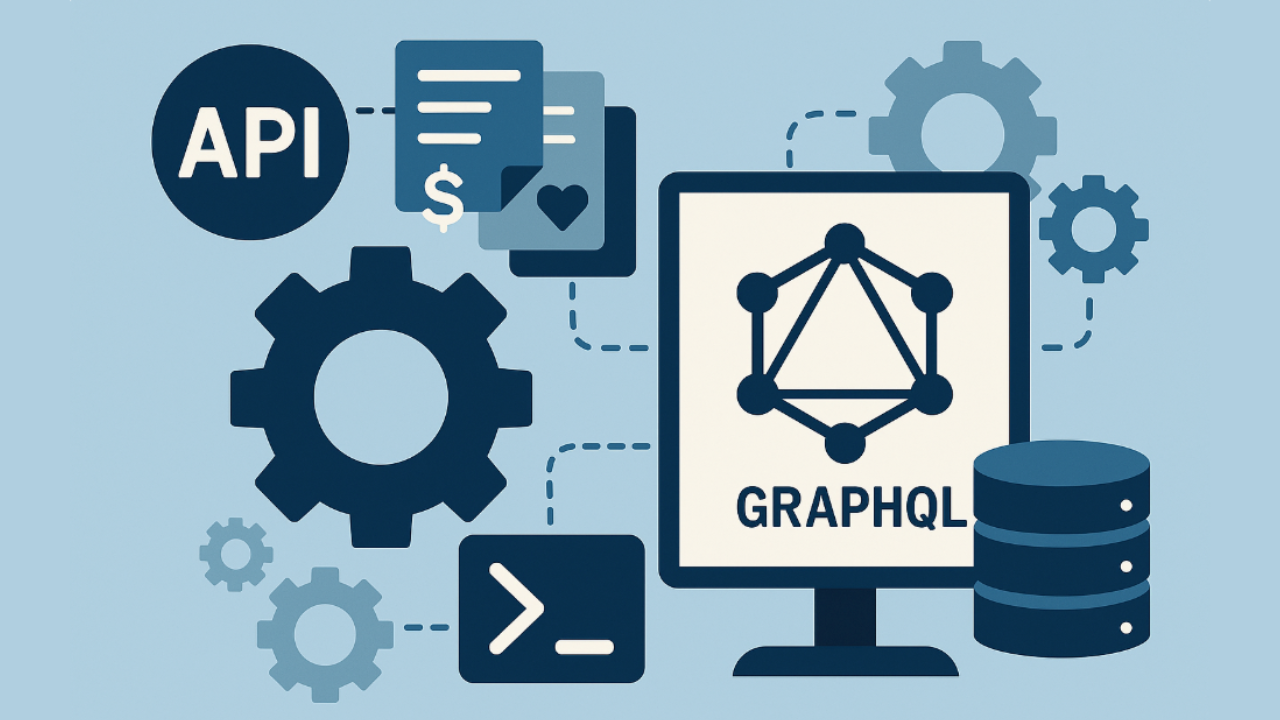
Retail
Driving Digital Agility with Federated GraphQL
A national retailer needed to modernize its API strategy to provide domain-specific data access across a complex digital ecosystem. Legacy integrations slowed development and limited flexibility for teams managing customer-facing experiences like pricing, wallet, and loyalty.
We led the solutioning and implementation of three federated GraphQL APIs covering Pricing, Wallet, and Loyalty. Partnering with GraphQL providers, we defined API-first strategies and designed a federated schema that enabled distributed ownership while maintaining enterprise consistency.
The solution included automated deployment pipelines built with GitLab and Terraform, as well as secure hosting patterns for API gateways and federated graphs. We also established enterprise architecture patterns and reusable blueprints to accelerate future federated API development.
To ensure adoption, we delivered training sessions for technical and product teams, aligning stakeholders on standards and practices for building, scaling, and governing GraphQL services.
The initiative improved customer experience, increased operational efficiency, and strengthened API governance and digital agility, giving the organization a modern foundation for faster, more consistent digital delivery.
We led the solutioning and implementation of three federated GraphQL APIs covering Pricing, Wallet, and Loyalty. Partnering with GraphQL providers, we defined API-first strategies and designed a federated schema that enabled distributed ownership while maintaining enterprise consistency.
The solution included automated deployment pipelines built with GitLab and Terraform, as well as secure hosting patterns for API gateways and federated graphs. We also established enterprise architecture patterns and reusable blueprints to accelerate future federated API development.
To ensure adoption, we delivered training sessions for technical and product teams, aligning stakeholders on standards and practices for building, scaling, and governing GraphQL services.
The initiative improved customer experience, increased operational efficiency, and strengthened API governance and digital agility, giving the organization a modern foundation for faster, more consistent digital delivery.
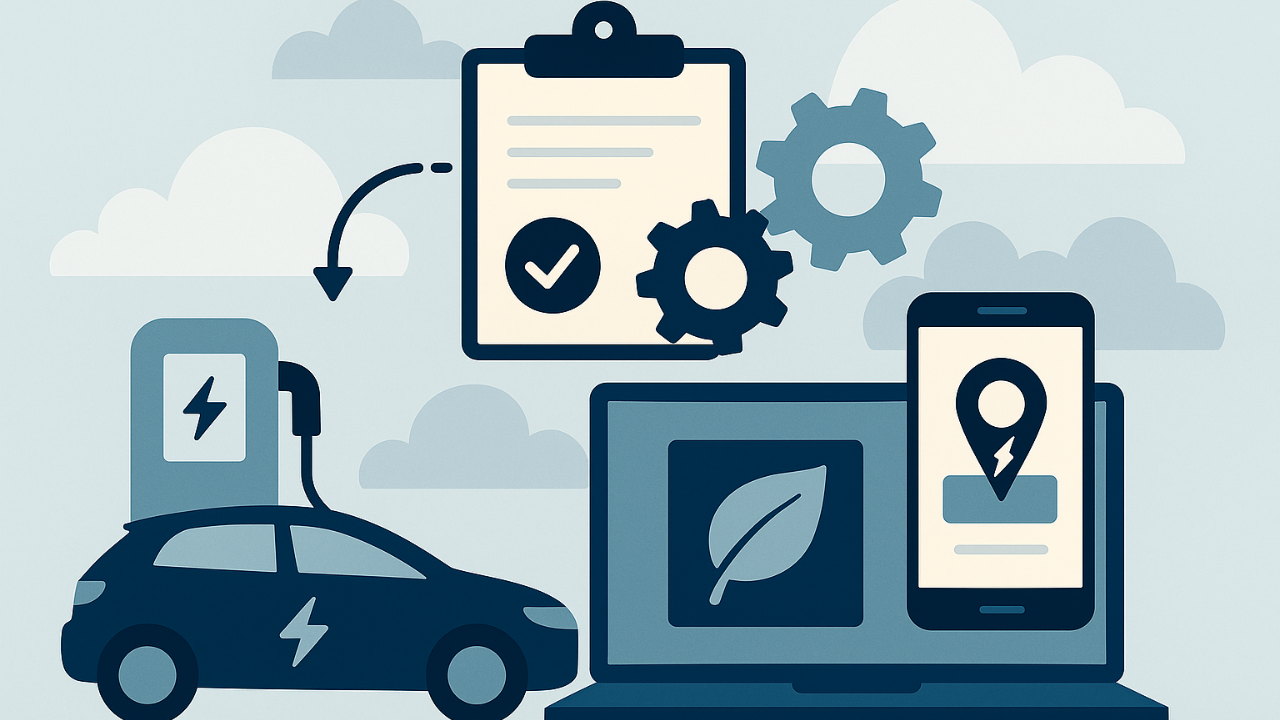
Energy
Modernizing Platforms to Power Clean Transportation
A regional utility sought to modernize its customer-facing clean transportation applications, including a mobile EV charging app and a web-based clean transportation solutions portal. Reliability challenges, limited observability, and manual infrastructure processes slowed innovation and risked customer experience.
We led a Clean Transportation MAP Assessment, performing a current-state review, defining a future-state vision, and conducting a gap analysis to highlight areas for improvement. Specific recommendations included automating recurring infrastructure tasks such as certificate renewals and server patching to improve efficiency and reduce operational risk.
Using the AWS Cloud Adoption Framework and Migration Acceleration Program (MAP), we created a structured roadmap for cloud migration and application modernization. The plan emphasized serverless design patterns to increase scalability, resilience, and cost efficiency.
The initiative enabled fleet and employee adoption of serverless applications, strengthened the utility's clean transportation offerings, and reinforced its role as an industry leader in advancing clean energy and EV initiatives.
We led a Clean Transportation MAP Assessment, performing a current-state review, defining a future-state vision, and conducting a gap analysis to highlight areas for improvement. Specific recommendations included automating recurring infrastructure tasks such as certificate renewals and server patching to improve efficiency and reduce operational risk.
Using the AWS Cloud Adoption Framework and Migration Acceleration Program (MAP), we created a structured roadmap for cloud migration and application modernization. The plan emphasized serverless design patterns to increase scalability, resilience, and cost efficiency.
The initiative enabled fleet and employee adoption of serverless applications, strengthened the utility's clean transportation offerings, and reinforced its role as an industry leader in advancing clean energy and EV initiatives.
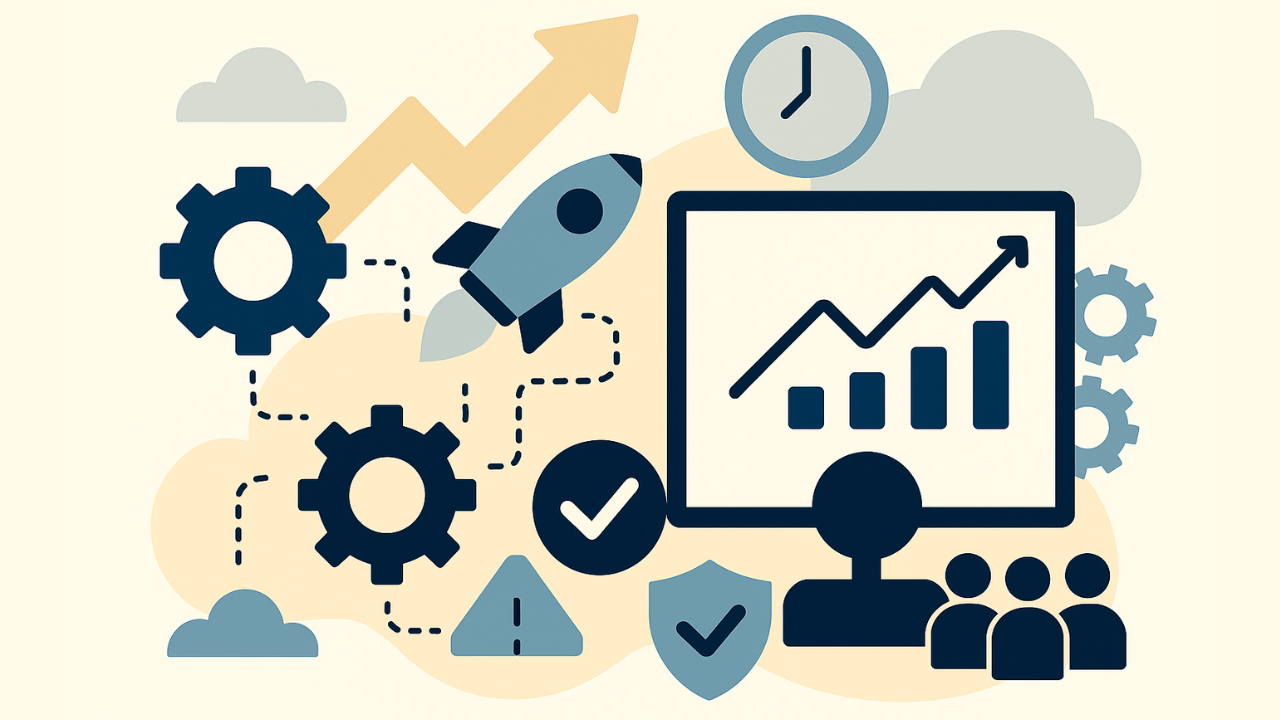
Non-profit
Driving Velocity, Quality, and Resilience in Technology Delivery
A national benefits trust supporting union members needed confidence that its technology and delivery practices could scale to meet future demand. Leadership sought a clear view of engineering maturity and a roadmap to increase velocity, reduce defects, and improve sustainability.
We conducted a comprehensive assessment of engineering workflows, release practices, and governance with a focus on delivery performance metrics. The review highlighted opportunities to improve velocity through streamlined workflows, shorten lead time for changes, and increase deployment frequency with stronger automation. We also identified gaps in monitoring and testing that contributed to longer Mean Time to Restore (MTTR) and higher change fail rates.
Our recommendations included adopting trunk-based development, implementing automated CI/CD pipelines, expanding unit and integration test coverage, and establishing clear documentation and onboarding practices. We also advised on proactive monitoring, security, and modernization paths to reduce technical debt and strengthen resilience.
The outcome was a prioritized roadmap that gave leadership visibility into strengths, risks, and areas for improvement. By following these recommendations, the organization is positioned to achieve higher delivery velocity, lower bug counts, faster recovery times, and greater release confidence—building a sustainable technology foundation for the future.
We conducted a comprehensive assessment of engineering workflows, release practices, and governance with a focus on delivery performance metrics. The review highlighted opportunities to improve velocity through streamlined workflows, shorten lead time for changes, and increase deployment frequency with stronger automation. We also identified gaps in monitoring and testing that contributed to longer Mean Time to Restore (MTTR) and higher change fail rates.
Our recommendations included adopting trunk-based development, implementing automated CI/CD pipelines, expanding unit and integration test coverage, and establishing clear documentation and onboarding practices. We also advised on proactive monitoring, security, and modernization paths to reduce technical debt and strengthen resilience.
The outcome was a prioritized roadmap that gave leadership visibility into strengths, risks, and areas for improvement. By following these recommendations, the organization is positioned to achieve higher delivery velocity, lower bug counts, faster recovery times, and greater release confidence—building a sustainable technology foundation for the future.